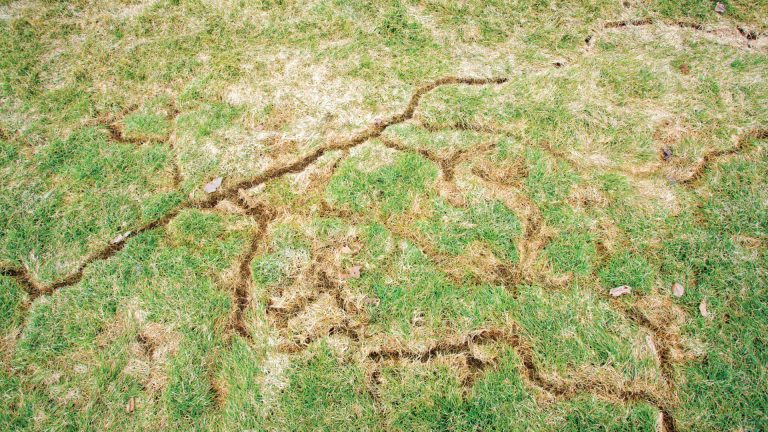Proven Vole Control Methods to Guard Your Property
Proven Vole Control Methods to Guard Your Property
Blog Article
Comprehensive Overview to Efficient Vole Insect Control: Invasion Recognition and Therapy Methods
In the world of reliable parasite control, vole invasions position an one-of-a-kind difficulty that demands a critical method. By checking out the subtleties of vole habits, recognizing key indicators of invasion, and evaluating an array of control options, one can create a thorough strategy to fight these elusive insects.
Understanding Vole Habits
Vole behavior is defined by their burrowing practices and fast reproduction rates, making them a difficult insect to manage successfully. Their fast reproductive rate additional complicates control efforts, with females qualified of producing multiple litters in a single year, each consisting of a number of children.
Voles are most energetic throughout the morning and night hours, spending most of their time foraging for food. Their delving behaviors not just disrupt yards and yards however likewise make them challenging to discover and get rid of. Recognizing vole habits is critical for reliable parasite control strategies. By identifying their burrow locations, checking feeding areas, and implementing targeted control approaches, such as capturing or environment adjustment, vole problems can be taken care of successfully.
Indicators of Vole Invasion

Avoidance Strategies
Applying reliable avoidance strategies is vital in decreasing vole infestations and guarding greenery from their destructive feeding habits. To protect against vole infestations, it is necessary to start by removing prospective food resources and sanctuary.
Frequently examining the residential property for indications of vole activity, such as paths and tunnel openings, is important for early discovery and timely action. If vole activity is thought, consider making use of traps or repellents purposefully placed near their pathways.
Non-Lethal Control Approaches
To successfully manage vole populaces while prioritizing gentle approaches, non-lethal control methods provide sensible services for decreasing vole damage in yards and landscapes. One efficient technique is the usage of physical obstacles such as hardware towel or cord mesh to protect susceptible plants. These obstacles can be hidden at least 12 inches bent and deep at a 90-degree angle to stop voles from delving underneath. Furthermore, habitat alteration can discourage voles by lowering their chosen food useful content sources and concealing places. Keeping a well-mowed lawn, eliminating particles, and maintaining greenery trimmed can make the atmosphere much less enticing to voles.

Lethal Control Options
One reliable technique for attending to vole infestations in landscapes and yards involves the strategic use of dangerous control choices. When confronted with a serious vole problem that non-lethal methods have actually fallen short to include, applying lethal control actions becomes essential. One commonly utilized dangerous control choice is making use of snap traps. These catches are designed to rapidly and humanely eliminate voles upon activation, making them a prominent choice for lots of garden enthusiasts and landscaping companies. To enhance the effectiveness of breeze traps, it is recommended to position Going Here them in areas where vole activity is high, such as along runways or near burrow entries. Another lethal control choice is the application of toxic baits specifically formulated to target voles. These baits contain poison that is ingested by the voles, resulting in their eventual demise. Caution you could try here should be worked out when making use of toxic baits to prevent damage to non-target pets or pets. On the whole, when employing deadly control choices, it is necessary to do so sensibly and based on regional policies to efficiently take care of vole invasions.
Verdict
Finally, reliable vole parasite control requires a thorough understanding of vole behavior, identification of indications of problem, application of avoidance strategies, and use of both non-lethal and lethal control techniques. By incorporating these approaches, individuals can properly manage vole populations and secure their building from damage. It is very important to resolve vole infestations immediately to avoid additional concerns and decrease the effect on the surrounding atmosphere.
Provided the detailed tunnel systems and rapid recreation rates characteristic of voles, acknowledging the indicators of vole infestation becomes essential in efficient pest control. One of the key signs of vole visibility is the existence of surface area runways or tracks in turf or snow, typically regarding 1-2 inches large, produced as voles take a trip between their burrows and food sources.To efficiently manage vole populaces while focusing on humane techniques, non-lethal control approaches offer functional options for minimizing vole damage in landscapes and yards.One reliable approach for addressing vole problems in landscapes and gardens includes the critical use of deadly control alternatives. vole yard damage.In final thought, effective vole parasite control needs an extensive understanding of vole actions, identification of signs of problem, application of avoidance methods, and use of both dangerous and non-lethal control approaches
Report this page